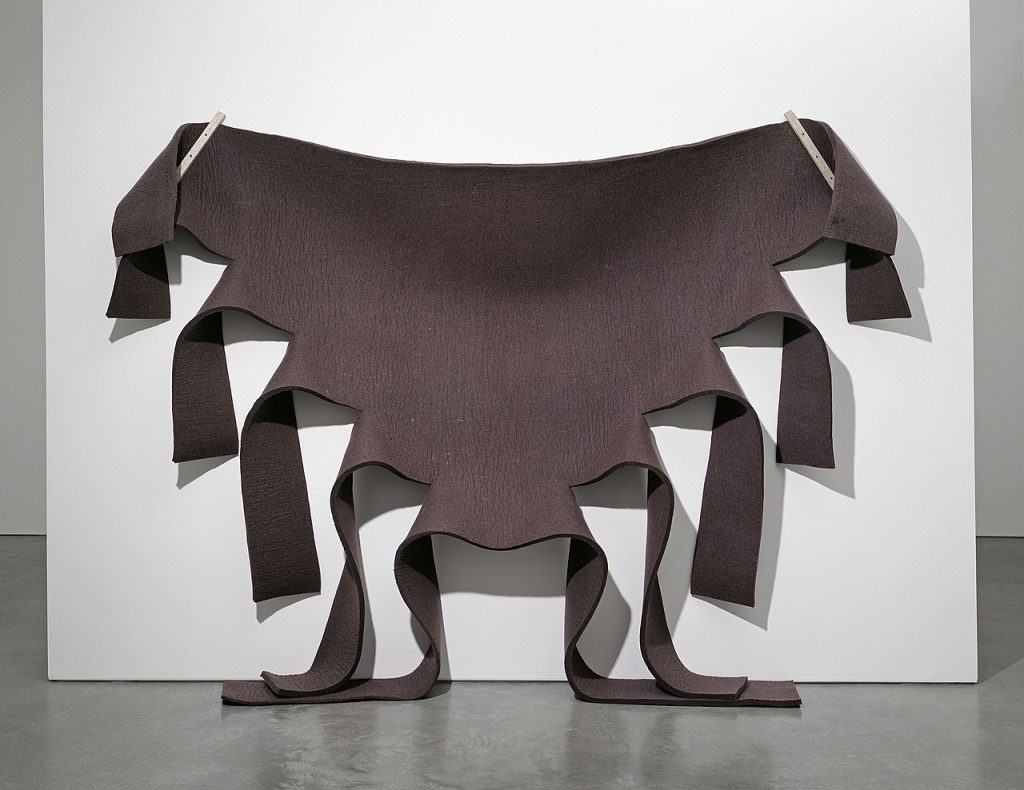Abhishek Kumar
February 09, ON THIS DAY
Simplicity of shape does not necessarily equate with simplicity of experience.
Robert Morris
Robert Morris is an American artist and writer who was instrumental in the development of Conceptual Art in the 1960s. He was one of the first artists to reject the traditional notion of art as a tangible object, instead proposing that art could be an idea or a concept. Morris explored themes related to perception, space and time through his installations, performances and sculptures, often incorporating industrial materials like metal, glass, and plastic into his pieces. Robert Morris’ work and ideas continue to influence the art world and he remains a major figure in the history of Conceptual Art.
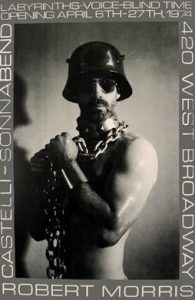
Morris was born in Kansas City, Missouri, and attended the Kansas City Art Institute. In the 1950s, he studied at the California School of Fine Arts in San Francisco, where he developed a strong interest in the work of Marcel Duchamp and Joseph Cornell. He moved to New York City in the early 1960s and began working in various media including sculpture, performance, and installation. Morris’ early sculptures explored the relationship between space and form. The 1970s marked a period of transition for Morris. He began to explore performance art, collaborating with choreographer Trisha Brown and composer John Cage. He also began creating sculptures that incorporated the human body, such as his “Body Works” series.
In the 1980s, Morris turned to installation art, creating large-scale installations such as “Site”. He also continued to explore performance art, collaborating with visual artists and musicians. Morris’ later works explored the relationship between art and nature. He created large-scale installations that incorporated natural elements such as grass, leaves, and water. He also created works that explored the relationship between the human body and technology, such as his “Invisible Cities” series.
Morris’ early work explored Minimalism, an art movement that emphasized simplicity, repetition and reduction of forms. He went on to create works that challenged traditional art making techniques, such as his “untitled” pieces, which consisted of simple geometric shapes made of industrial materials like fiberglass and felt. Morris’ writings, including his influential essays “Notes on Sculpture” and “Anti-Form,” further expanded the boundaries of art by promoting the idea that art could take any form and that the process of making art was just as important as the finished product.
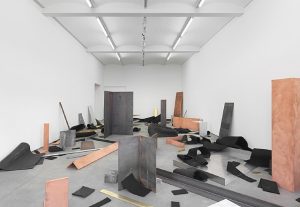
Robert Morris’ work and ideas had a significant impact on the art world and are still widely studied and discussed today. He continued to experiment and push the boundaries of art, exploring issues of perception, space and time through his installations, performances and sculptures. He also became involved in Land Art, a movement that took art out of the galleries and into the natural environment. His large-scale earthworks, such as “Lozenge” (1969), incorporated natural materials and the landscape into the artwork.
Robert Morris was also known for his use of new materials and techniques in his art, often incorporating industrial materials like metal, glass, and plastic into his pieces. He was interested in exploring the relationship between the physical properties of these materials and the perception of space and form. This led to works like “Box with the Sound of Its Own Making” (1961), a closed box with a speaker inside that played the sound of the box being built. In his later works, Morris also explored themes related to the body, including physical sensations, movement, and the idea of the body as a sculptural form. This led to the creation of large-scale installations and performances, such as “Dance” (1970) and “Continuous Project Altered Daily” (1969).
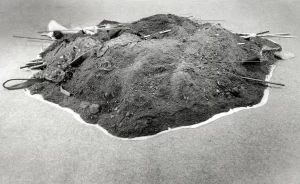
In addition to his work as an artist, Robert Morris was also a writer and a teacher. He was a professor at several prestigious universities, including Yale and Hunter College, and his essays and lectures on art theory and practice had a major impact on the art world. His most famous essays include “Notes on Sculpture” (1967) and “Anti-Form” (1968), in which he expanded the boundaries of art by promoting the idea that art could take any form and that the process of making art was just as important as the finished product. Robert Morris played a key role in shaping the ideas and practices of Conceptual Art and his impact continues to be felt in the art world today.
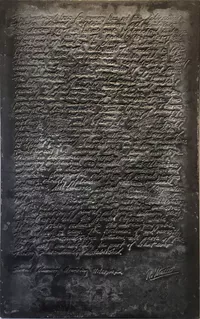
Robert Morris was a multifaceted artist whose work and ideas had a profound impact on the art world. He challenged traditional notions of art and paved the way for new forms of expression and experimentation. He remains a major figure in the history of Conceptual Art and continues to be widely studied and admired by art lovers and practitioners alike. Throughout his career, Robert Morris remained dedicated to exploring new forms of expression and pushing the boundaries of what was considered art. He remains a major figure in the history of Conceptual Art and his impact continues to be felt in the art world today. His works can be found in many major museum collections, including the Museum of Modern Art in New York and the Tate Modern in London.

Sources:
- https://en.wikipedia.org/wiki/Robert_Morris_(artist)
- https://www.theartstory.org/artist/morris-robert/
- https://www.theguardian.com/artanddesign/2018/dec/03/robert-morris-obituary
- https://www.guggenheim.org/artwork/artist/robert-morris
- https://ocula.com/artists/robert-morris/

